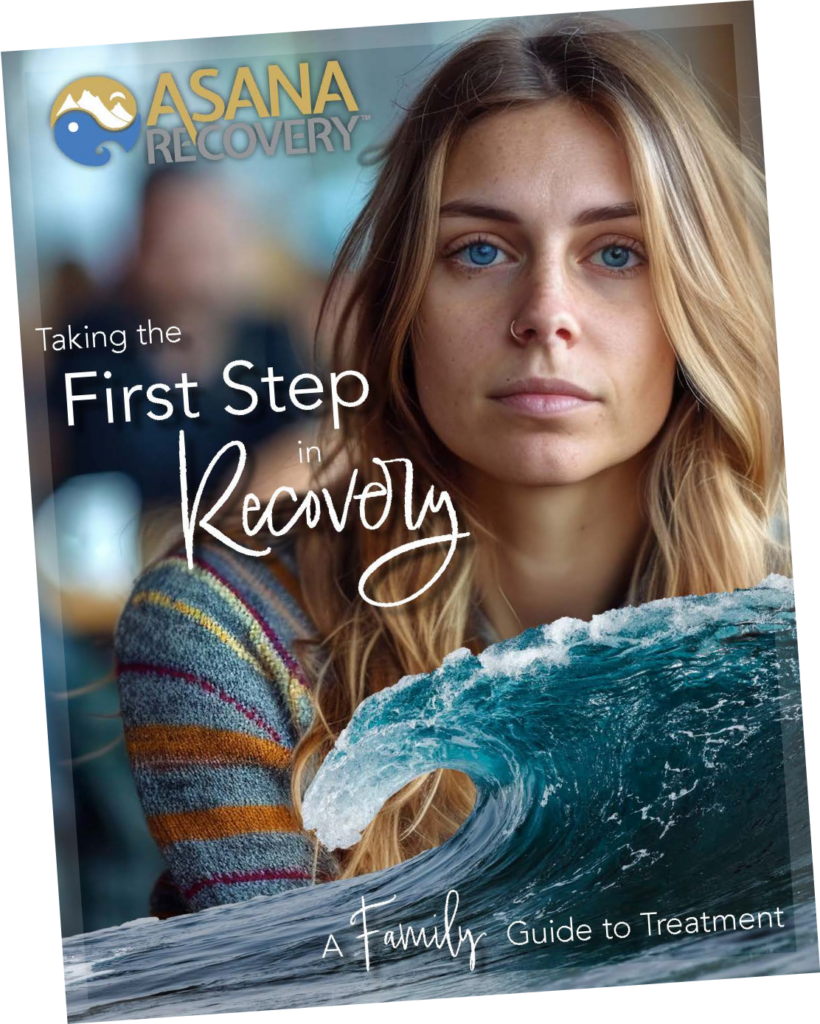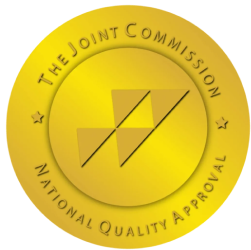The combination of Cymbalta (duloxetine) and tramadol requires careful medical consideration due to potential serious interactions. This comprehensive guide explores the risks and safety considerations when taking these medications together.
Cymbalta is a serotonin-norepinephrine reuptake inhibitor (SNRI) antidepressant that works by affecting brain chemicals like serotonin and norepinephrine.
Tramadol is a unique pain medication that functions both as an opioid and affects serotonin and norepinephrine levels in the brain. It differs from traditional opioids because it:
• Acts as a μ-opioid receptor agonist
• Inhibits serotonin reuptake
• Blocks norepinephrine reuptake
The main concern when combining these medications is serotonin syndrome, a potentially dangerous condition caused by excessive serotonin levels. Both medications increase serotonin levels, creating a compounded effect that raises the risk of this serious condition.
• Increased chance of seizures
• Enhanced risk of bleeding
• Potential for central nervous system depression
Watch for these symptoms when taking both medications:
• Agitation and fever
• Muscle twitches
• Fast heart rate
• Nausea and vomiting
• Confusion
While some studies suggest that tramadol can be safely combined with antidepressants, this should only occur under close medical supervision. Your healthcare provider should:
• Monitor for symptoms of serotonin syndrome
• Adjust dosages as needed
• Consider alternative pain management options
• Take into account your individual risk factors

Several factors can increase the risk of adverse effects:
• Advanced age
• Higher dosages
• Use of other serotonergic medications
• Liver or kidney problems
If you’re concerned about taking Cymbalta and tramadol together, discuss these alternatives with your healthcare provider:
Pain Management Options:
• Different types of pain relievers that don’t interact with Cymbalta
• Non-pharmacological approaches
• Physical therapy
• Cognitive behavioral therapy
Seek immediate medical attention if you experience:
• Severe confusion or agitation
• Uncontrolled muscle twitching
• Rapid heart rate
• High fever
The decision to combine Cymbalta and tramadol should always be made by a healthcare provider who can:
• Evaluate your individual risk factors
• Monitor for potential interactions
• Adjust medication doses as needed
• Provide appropriate alternatives if necessary
Remember that this combination requires careful consideration and should never be initiated without proper medical supervision.
At Asana Recovery, we prioritize your safety and well-being, especially when it comes to managing complex medication combinations like Cymbalta and tramadol. Our expert team is here to provide personalized support, helping you navigate potential risks while addressing pain management and mental health concerns. If you or a loved one is facing challenges with prescription medications or exploring safer alternatives, reach out to Asana Recovery today. Together, we can create a comprehensive plan tailored to your unique needs, ensuring your journey to recovery is both safe and effective.

This book has helped so many men and women; and we want to give it you for FREE. Get signed up today and discover how to unlock the grip of addiction and get back to living your best life.
In this book, you’ll discover…
— The Most Common Misconceptions About Addiction and Rehab
— Why Rock Bottom is a Myth and What You Can Do About It
–The Steps to Healing From Trauma, Both Mentally and Emotionally
–And much more!

Asana Recovery is licensed and certified by the State Department of Health Care Services.


© Copyright 2024 Asana Recovery™ | All Rights Reserved | Privacy Policy
Asana Recovery
We firmly believe that the internet should be available and accessible to anyone, and are committed to providing a website that is accessible to the widest possible audience, regardless of circumstance and ability.
To fulfill this, we aim to adhere as strictly as possible to the World Wide Web Consortium’s (W3C) Web Content Accessibility Guidelines 2.1 (WCAG 2.1) at the AA level. These guidelines explain how to make web content accessible to people with a wide array of disabilities. Complying with those guidelines helps us ensure that the website is accessible to all people: blind people, people with motor impairments, visual impairment, cognitive disabilities, and more.
This website utilizes various technologies that are meant to make it as accessible as possible at all times. We utilize an accessibility interface that allows persons with specific disabilities to adjust the website’s UI (user interface) and design it to their personal needs.
Additionally, the website utilizes an AI-based application that runs in the background and optimizes its accessibility level constantly. This application remediates the website’s HTML, adapts Its functionality and behavior for screen-readers used by the blind users, and for keyboard functions used by individuals with motor impairments.
If you’ve found a malfunction or have ideas for improvement, we’ll be happy to hear from you. You can reach out to the website’s operators by using the following email
Our website implements the ARIA attributes (Accessible Rich Internet Applications) technique, alongside various different behavioral changes, to ensure blind users visiting with screen-readers are able to read, comprehend, and enjoy the website’s functions. As soon as a user with a screen-reader enters your site, they immediately receive a prompt to enter the Screen-Reader Profile so they can browse and operate your site effectively. Here’s how our website covers some of the most important screen-reader requirements, alongside console screenshots of code examples:
Screen-reader optimization: we run a background process that learns the website’s components from top to bottom, to ensure ongoing compliance even when updating the website. In this process, we provide screen-readers with meaningful data using the ARIA set of attributes. For example, we provide accurate form labels; descriptions for actionable icons (social media icons, search icons, cart icons, etc.); validation guidance for form inputs; element roles such as buttons, menus, modal dialogues (popups), and others. Additionally, the background process scans all the website’s images and provides an accurate and meaningful image-object-recognition-based description as an ALT (alternate text) tag for images that are not described. It will also extract texts that are embedded within the image, using an OCR (optical character recognition) technology. To turn on screen-reader adjustments at any time, users need only to press the Alt+1 keyboard combination. Screen-reader users also get automatic announcements to turn the Screen-reader mode on as soon as they enter the website.
These adjustments are compatible with all popular screen readers, including JAWS and NVDA.
Keyboard navigation optimization: The background process also adjusts the website’s HTML, and adds various behaviors using JavaScript code to make the website operable by the keyboard. This includes the ability to navigate the website using the Tab and Shift+Tab keys, operate dropdowns with the arrow keys, close them with Esc, trigger buttons and links using the Enter key, navigate between radio and checkbox elements using the arrow keys, and fill them in with the Spacebar or Enter key.Additionally, keyboard users will find quick-navigation and content-skip menus, available at any time by clicking Alt+1, or as the first elements of the site while navigating with the keyboard. The background process also handles triggered popups by moving the keyboard focus towards them as soon as they appear, and not allow the focus drift outside it.
Users can also use shortcuts such as “M” (menus), “H” (headings), “F” (forms), “B” (buttons), and “G” (graphics) to jump to specific elements.
We aim to support the widest array of browsers and assistive technologies as possible, so our users can choose the best fitting tools for them, with as few limitations as possible. Therefore, we have worked very hard to be able to support all major systems that comprise over 95% of the user market share including Google Chrome, Mozilla Firefox, Apple Safari, Opera and Microsoft Edge, JAWS and NVDA (screen readers).
Despite our very best efforts to allow anybody to adjust the website to their needs. There may still be pages or sections that are not fully accessible, are in the process of becoming accessible, or are lacking an adequate technological solution to make them accessible. Still, we are continually improving our accessibility, adding, updating and improving its options and features, and developing and adopting new technologies. All this is meant to reach the optimal level of accessibility, following technological advancements. For any assistance, please reach out to